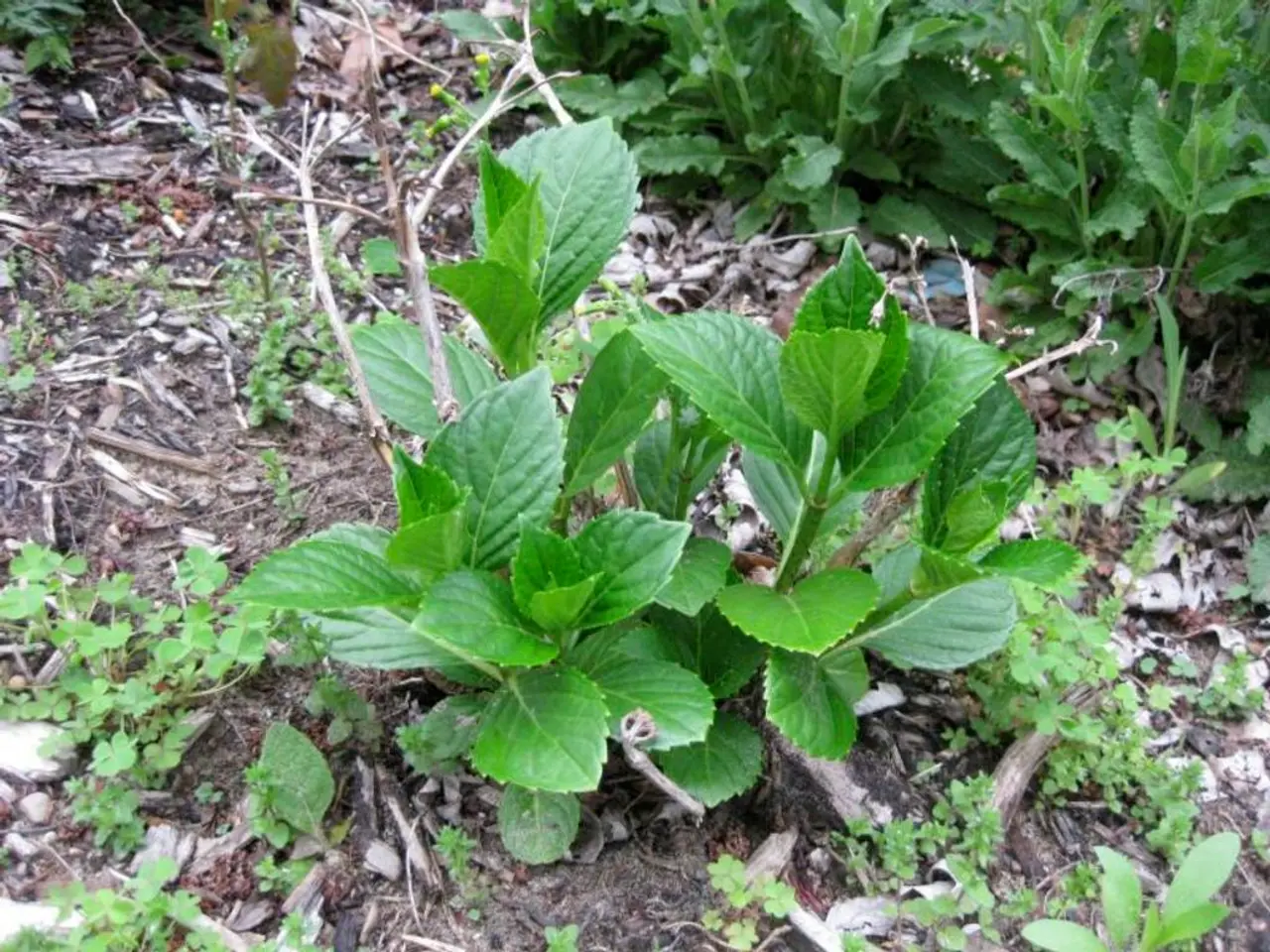Medicinal Herb Garden Expansion: Cultivating Plants for Health and Balance
In the pursuit of holistic wellness, growing a medicinal herb garden at home is an enriching and rewarding endeavour. By following these best practices, you can cultivate a thriving garden that provides natural remedies and supports your health sustainably.
**Choosing the Right Location**
Most medicinal herbs require 6 to 8 hours of direct sunlight daily. A spot outdoors or a sunny window indoors that receives ample sun is ideal. Good air circulation is also essential to minimize fungal problems.
**Selecting Suitable Herbs**
Pick herbs that thrive in your specific growing zone for best results. Common beginner-friendly medicinal herbs include echinacea, chamomile, lavender, calendula, and yarrow. Group plants by their sun and water needs to simplify care.
**Preparing Quality Soil**
Use well-draining soil or potting mix. Amend heavy clay soils with compost to improve drainage and fertility. Avoid waterlogged soil as herbs dislike “wet feet”.
**Watering Properly**
Water deeply but infrequently. Only water when the top 1-2 inches of soil feels dry. Shallow, frequent watering weakens root systems.
**Fertilizing Sparingly**
Herbs typically don’t need heavy feeding. Use a balanced liquid fertilizer diluted to half strength once a month or enrich soil with compost. Excess fertilizer can reduce the herbs' potency.
**Pruning and Harvesting Carefully**
Regular pruning encourages bushier, healthier plants. Harvest herbs in the morning after dew dries and before full heat for maximum oil potency. Use sharp scissors to avoid plant damage.
**Allowing Some Herbs to Go to Seed**
Letting some plants go to seed supports natural reseeding for the following year, aiding sustainability.
**Using Quality Seeds and Tools**
Opt for non-GMO seeds and basic gardening tools such as pruning shears, hand trowels, and watering cans. Starter kits like the Medicinal Garden Kit provide these essentials plus helpful guides.
By following these guidelines, you can cultivate a thriving medicinal herb garden that offers a cost-effective alternative to store-bought alternatives, as they eliminate the need for products laden with preservatives. Creative uses for homegrown herbs include making herbal teas, distilling essential oils, creating infused balms, and using dried herbs for decorative bouquets.
Lavender is often used for aromatherapy, relaxation, and insomnia relief. Tips for growing lavender include ensuring excellent drainage and plenty of sunlight, and pruning regularly to encourage blooming. Mint has digestive and respiratory benefits and is often used for digestive issues and cold relief. Tips for growing mint include planting in containers to prevent overgrowth, and watering consistently.
Chamomile has calming properties and is often used for sleep aid and digestive issues. Growing medicinal herbs can provide a symbol of holistic wellness and gardening itself is known to reduce stress and promote mental well-being, making it a therapeutic hobby.
Cultivating a medicinal herb garden can enrich your life with its healing properties and calming presence. By nurturing chamomile, lavender, mint, and other wellness plants at home, you contribute to sustainable living practices, as they reduce reliance on commercially farmed plants. Herbal medicine offers a variety of benefits, including natural ingredients, a holistic approach, diverse applications, accessibility, cultural heritage, support for chronic conditions, synergy, and preventive care.
- Science reveals that medicinal herbs thrive in locations with 6 to 8 hours of direct sunlight daily and good air circulation.
- In pursuit of workplace-wellness, cultivating a medicinal herb garden indoors or outdoors can provide natural remedies for medical-conditions and chronic-diseases.
- Growing certain medicinal herbs, such as echinacea, can help boost your immune system and remain prepared for upcoming cance or respiratory-conditions.
- Paying attention to digestive-health, consider including herbs like calendula and yarrow in your home medicinal garden for their potential digestive benefits.
- Maintaining eye-health is essential, and consider adding herbs like eyebright or chamomile to your garden to create soothing eye-washes or teas.
- Mental-health can be improved by incorporating hobbies such as gardening, especially when cultivating plants that promote relaxation, such as lavender.
- Maintaining mens-health can be supported by using herbs like saw palmetto for prostate health or ginkgo biloba for cognitive function.
- Skin-care can benefit from using natural remedies made from homegrown herbs, such as chamomile for soothing irritated skin or lavender for promoting healthy hair.
- Therapies-and-treatments for various medical-conditions can be found in the medicinal herbs growing in your own garden, such as thyme for respiratory issues or ginger for nausea.
- Proper nutrition is vital for overall health, and using herbs like parsley or spinach in your cooking can boost nutritional intake.
- womens-health can be improved by incorporating plants like wild yam for hormonal balance or red raspberry leaf for pregnancy support.
- Cardiovascular-health can benefit from hawthorn berries, which can be used in teas or tinctures to support heart health.
- CBD products are a popular treatment for neurological-disorders, and you can grow hemp at home to make your own CBD oil.
- Skin-conditions like eczema and psoriasis can be treated with calendula and chamomile infused oils and balms.
- Interior-design benefits from the addition of living plants, and herbs can be grown in containers for a decorative touch.
- Cooking can be made more enjoyable with the incorporation of fresh herbs, such as basil, rosemary, or oregano, available right in your kitchen garden.
- Lifestyle choices such as growing medicinal herbs at home and adopting sustainable-living practices promote well-being and reduce environmental impact.
- Outdoor-living spaces can be transformed by incorporating a medicinal herb garden for both functional and aesthetic purposes.
- Food-and-drink can be improved by using fresh herbs in your recipes, such as adding mint to iced teas or sage to roasted meats.
- Dining at home becomes even more enjoyable when you can use herbs grown in your own garden to create delicious meals and promote healthy living through healthy-cooking and the use of deals-and-discounts on kitchen and gardening products.




